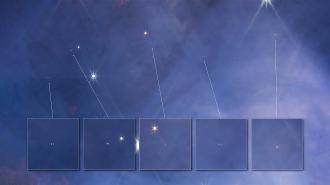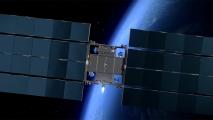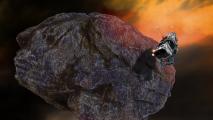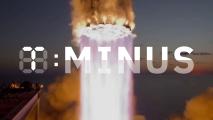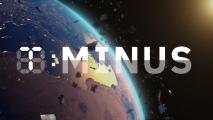New James Webb Space Telescope images of the Orion Nebula include more than 100 strange objects that are neither planets nor stars — and that’s just the start of what’s weird about them.
“There’s something wrong with either our understanding of planet formation, star formation — or both,” said Samuel Pearson, a scientist at the European Space Agency (ESA), who co-discovered the strange phenomenon, told the New York Times. “They shouldn’t exist.”
JuMBO discovery: Nebulae are giant clouds of gas and dust in space that often give birth to new stars. The Orion Nebula, located about 1,350 light years away from Earth, is arguably the most well-studied one, and it has taught us a lot about solar system formation.
On October 2, researchers shared new Webb images of the Orion Nebula, and within these images, Pearson and his ESA colleague Mark McCaughrean spotted nearly 150 mysterious objects they’re calling Jupiter Mass Binary Objects (JuMBOs).
“My reactions ranged from: ‘Whaaat?!?’ to ‘Are you sure?” to ‘That’s just so weird!'”
Heidi Hammel
With masses close to that of Jupiter, they’re too small to be stars, but unlike most planets, they aren’t orbiting stars, either — they’re free-floating in space.
That solo life isn’t entirely unheard of — sometimes planets are ejected from their solar systems — but what’s mind-boggling is that dozens of these objects in the Orion Nebula are paired up and orbiting each other.
“My reactions ranged from: ‘Whaaat?!?’ to ‘Are you sure?” to ‘That’s just so weird!’ to ‘How could binaries be ejected together?'” Heidi Hammel, a Webb scientist who wasn’t directly involved in the JuMBO discovery, told BBC News.
“There’s something wrong with either our understanding of planet formation, star formation — or both.”
Samuel Pearson
Looking ahead: Pearson and McCaughrean have shared their JuMBO research on the pre-print server arXiv, but the paper still needs to undergo peer review. If it holds up under that scrutiny, astronomers could have an entirely new category of objects to study.
Pearson told the New York Times he wants to use Webb to take a closer look at some of the JuMBOs in the Orion Nebula in the hope of determining what their atmospheres are made of — that could help explain how they formed. Looking for JuMBOs in other nebulae might help, too.
“Orion is really massive and really dense,” said Pearson. “Do we find the same thing happens in a sparse region? That might give us a clue of what formation mechanism might be happening.”
We’d love to hear from you! If you have a comment about this article or if you have a tip for a future Freethink story, please email us at [email protected].
